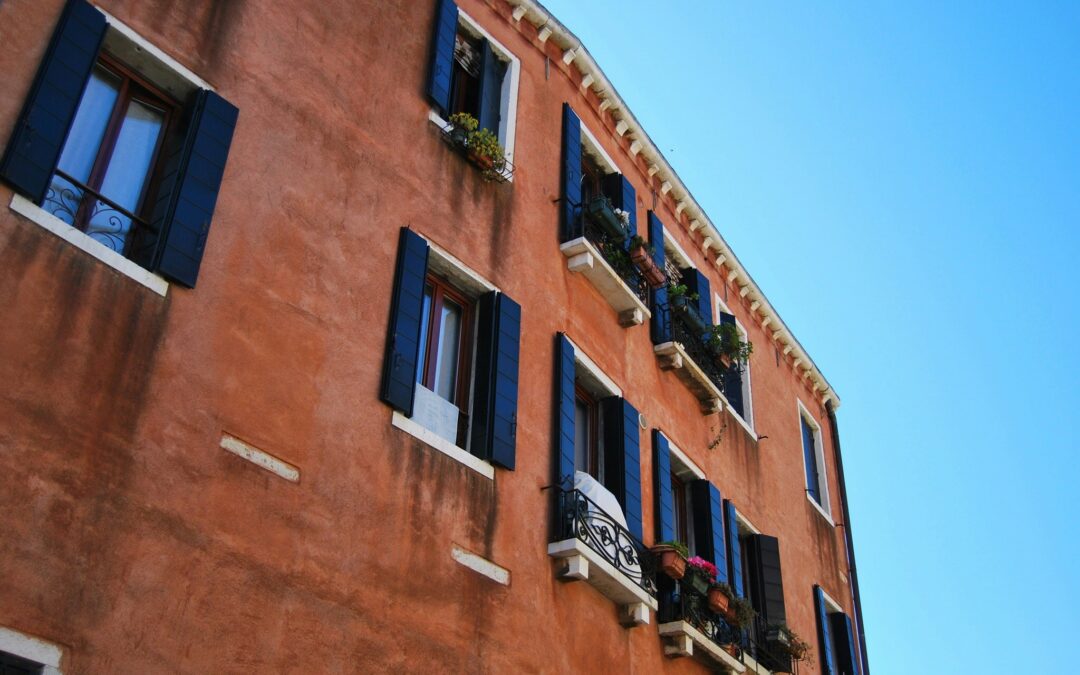Selecting the perfect floor tiles for your home interior is a crucial decision. With countless stone materials to choose from, it’s essential to grasp the nuances of each stone type. This knowledge empowers customers to define their desired interior style. Often, the interiors of other homes can serve as inspiration when selecting specific stone or tile options for one’s own space.
Recent industry data indicates a noteworthy shift in consumer behaviour, with the term terracotta tiles emerging as the most frequently searched term on search engines compared to alternatives like limestone and marble. Does this trend signal a preference for a more rustic floor tile aesthetic?
The term “terracotta tiles” is searched approximately 3,600 times each month, surpassing “marble floor tiles” at 2,900 searches and “limestone floor tiles” at 1,900 searches. This surge in search volume reflects an increasing interest in terracotta tiles.
What Makes Terracotta Unique?
Terracotta tiles imbue interiors with a charming rustic appeal. Sourced from aged buildings and European rooftops, genuine reclaimed terracotta available includes brick, parquet, and square options. Terracotta flooring is a robust material, capable of withstanding high foot traffic and gaining character as it ages, making it an ideal choice for kitchens and hallways.
The versatility of terracotta extends to its installation. Reclaimed brick pavers can be laid in random rows, creating an irregular, rugged appearance. Alternatively, parquet tiles offer a slightly more uniform arrangement while retaining the rustic surface and edges that evoke the charm of their reclaimed history. Despite the choice, terracotta tiles infuse any space with a rustic ambience, owing to their sandy biscuit tonal blends. This distinct sandy appearance is a compelling reason behind the growing popularity of terracotta.
Exploring Alternatives like Marble and Limestone
Despite the rising popularity of terracotta tiles, it’s essential to acknowledge the enduring beauty of marble and limestone for interior flooring. How do they differ from terracotta?
Marble floor tiles come in a diverse range of tones, from bright white to deep black, with pale veining, greens, and pink hues. Marble is a popular choice for renovating kitchens, hallways, and bathrooms, adding colour and brightness to spaces while creating an illusion of greater roominess. Marble’s versatility extends to walls in both small settings and larger architectural projects. It can range from a contemporary, sleek appearance to a weathered, time-worn rustic feel, standing the test of time and improving with age.
Limestone floor tiles are equally versatile, offering both contemporary smooth finishes and options that replicate the appearance of old, worn flagstone floors with rustic edges and textured surfaces. Available in various colours, from grey and beige to blue, black, white, and cream tones, limestone floor tiles can enhance spaces with light or dark walls and furniture, providing long-lasting enjoyment. Limestone is a low-maintenance material that ages gracefully, as evidenced by its use in historic buildings, churches, and farmhouses.
While terracotta enjoys a surge in popularity, it’s undeniable that choosing marble or limestone can add timeless elegance to your home.

